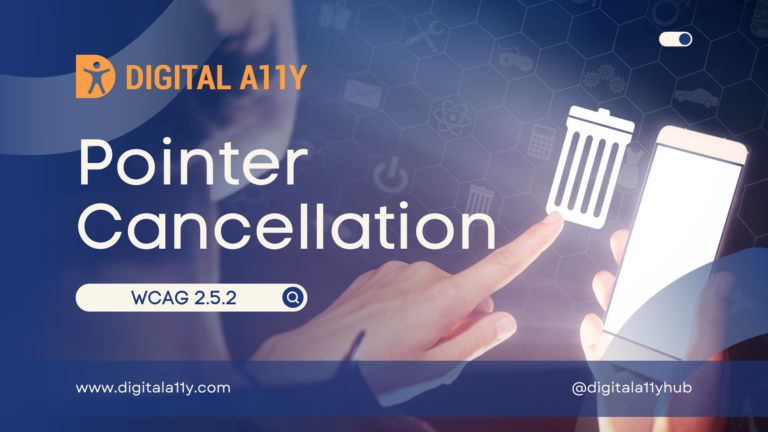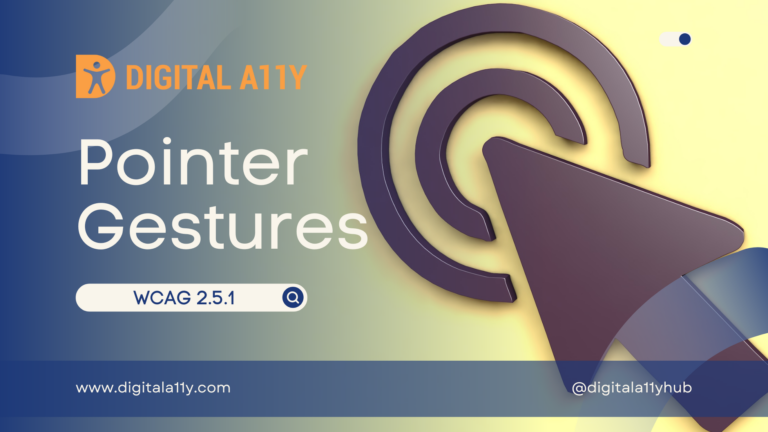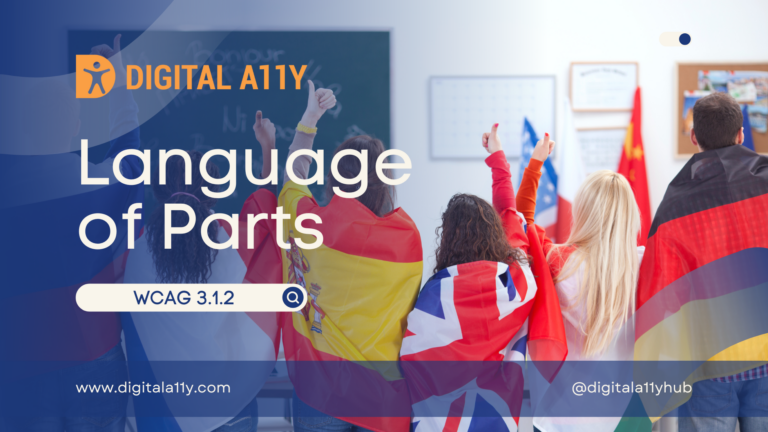Understanding WCAG SC 2.5.3 Label in Name
Success Criterion 2.5.3 Label in Name (Level A): For user interface components with labels that include text or images of text, the name contains the text that is presented visually.A best practice is to have the text of the label at the start of the name. Imagine you are using the voice control feature in…





